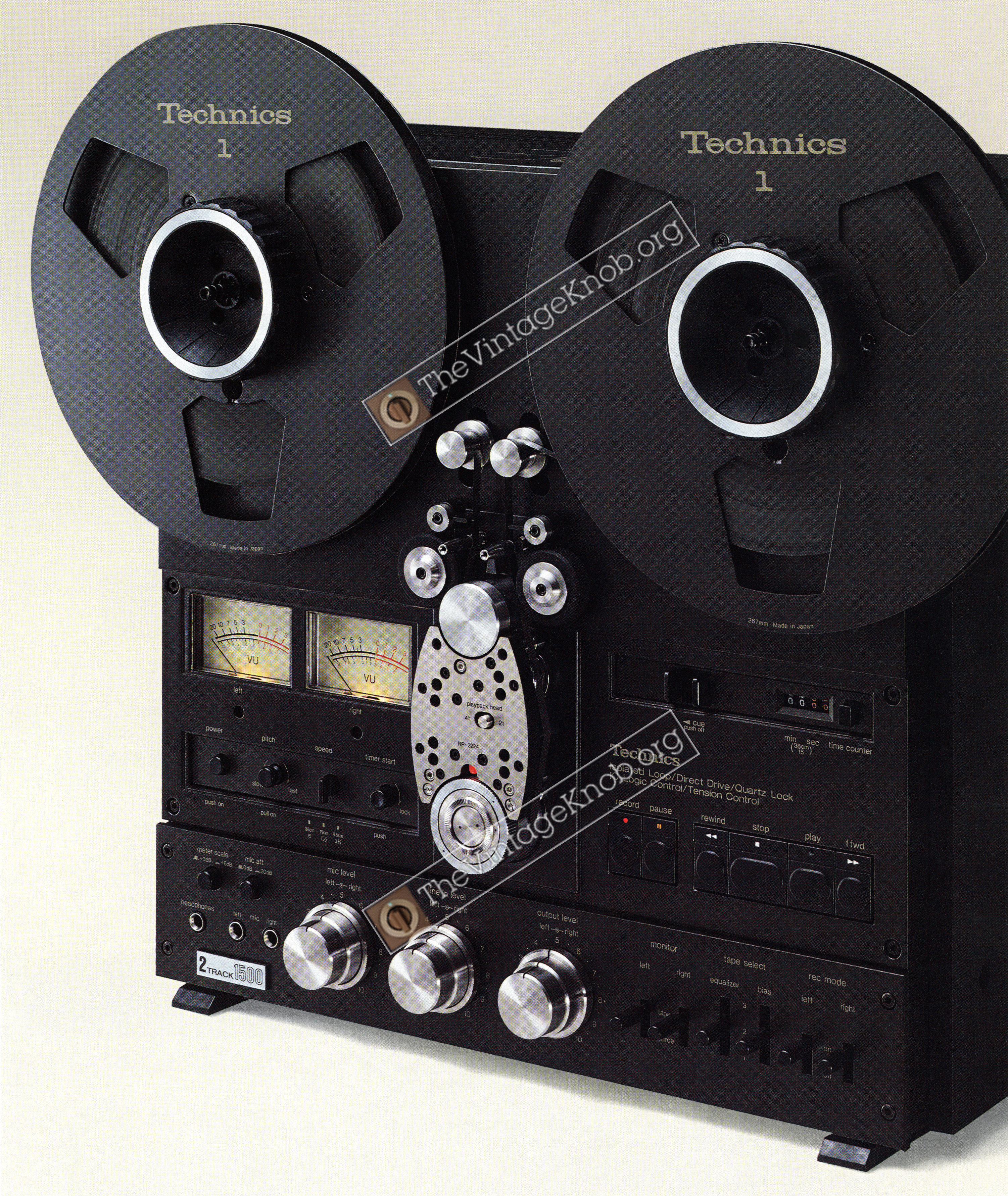What a good scan is ... This image comes from a rare and chronologically "in between" Technics european catalog. Like Pioneer or Marantz, that brand never really cared to have its catalogs well printed and they often were plagued with strange screening sizes, cutout masks and over-sharpened images. Here below is what I call a proper result from a non-perfect A4-format print : This result was achieved with a worthwhile scanner (Epson V750) and, for this particular image, the combination of a 400dpi resolution and 400% size, later reduced to 200% (here downsized to 100% otherwise it's too heavy for a web browser to display). This is good work ;-)
The reason for this painstaking quality scanning is that none of the original photographs exist anymore. |
 |
| Of course, pages printed not as (almost) well as this one often do require extensive surgery, really odd dpi resolutions, cross-resizing, tweaking the layers separately (RGB or CMYK) or even sandwiching of two different-resolution / same-size scans and other such cute little nightmares... |